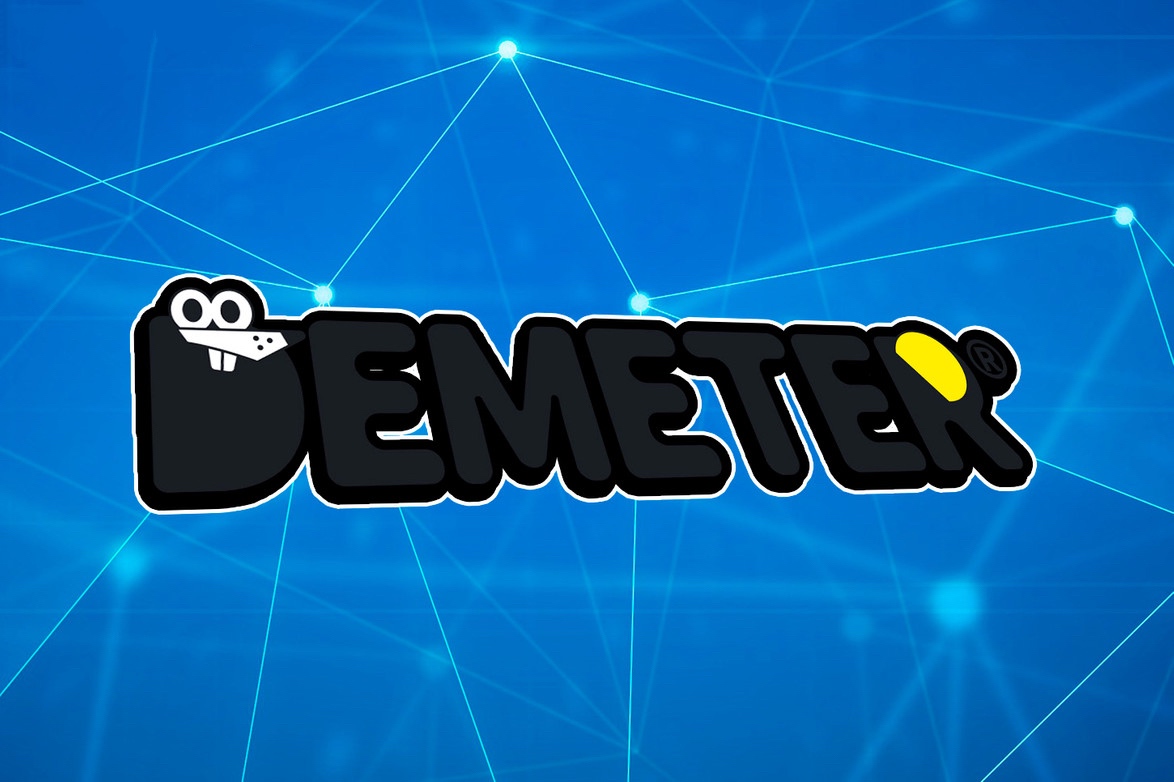
In the past year, the cryptocurrency market has seen unprecedented rapid growth in the decentralized stablecoin market.
Meanwhile, other public blockchain networks have also developed rapidly in the past year. For example, as a public blockchain, HECO has attracted a large number of users and projects since entering 2021.
As of now, HECO’s on-chain ecosystem is in urgent need of its own decentralized stablecoins. Looking to the future, HECO’s online traffic and projects will continue to show the momentum of growth and the potential is promising. That is also the environment in which Demeter was born.
Demeter is a decentralized cryptocurrency market protocol on HECO. Similar to MakerDAO, Demeter also has both collateral lending and collateralized stablecoin generation capabilities, providing users with a more robust DUSD stablecoin at a lower cost and a more secure lending service.
Two ecosystems of Demeter
Demeter’s ecosystem can be divided into two main categories: supply and borrow, and stablecoin.
Supply and borrow
Demeter introduced innovations to the interest rate model and the collateral ratio of the decentralized finance lending protocol. Particularly for the establishment of the credit grading model, Demeter incorporates and grades all existing crypto assets, as well as introduces a richer type of crypto assets such as liquidity provider assets and NFT-fi (nonfungible token-DeFi) collateral assets, among others. This makes the lending model between currencies highly compatible under the premise of ensuring security, controlling interest rate and volume through smart contracts, and providing maximum convenience for users, which is a unique innovation by Demeter in response to market demand.
For security reasons, Demeter’s lending or stablecoin minting is established through over-collateralization. Demeter created a “line of credit,” which is established by borrowers depositing cryptocurrencies or synthetic assets into Demeter, and each asset has a collateral ratio that represents the loan-to-value ratio. This loan-to-value ratio reflects the value of the assets collateralized by the user and corresponds to the percentage of the loan available. Depending on the supply and demand of the assets, the interest rate for each asset is varied accordingly.

If the borrower’s available credit falls below zero, the collateral will go into liquidation and will be sold to repay the debt.
Stablecoin
DUSD is Demeter’s stablecoin. Valuing its security and sustainability, DUSD is generated by over-collateralization. Minting DUSD is equivalent to lending $1 of debt, and the credit will be shared between minting and borrowing. The value of DUSD is backed by a basket of cryptocurrency combinations, making DUSD highly decentralized, faster, safer, more cost-efficient and easier to use through the HECO network.
Similarly, there is also a monetary policy that belongs to the DUSD. Two regulation mechanisms are employed in this policy to better regulate DUSD and maintain its stability. The first mechanism is the target rate feedback mechanism and the second is the dynamic interest rate mechanism.
In terms of liquidation, Demeter set a liquidation penalty rate of 9% and a liquidation tax rate of 3%, which applies to both collateral lending and collateralizing stablecoins. Once a liquidator’s account goes into a liquidation state, anyone can repay the debt to the system at 103% of the liquidated person’s debt and receive 109% of the collateral assets. 100% of the 103% repayment will be used by the user to repay the debt and 3% will be fully injected into the decentralized autonomous organization revenue pool for revenue allocation.

Dual token system
Demeter’s dual token system consists of decentralized stablecoin DUSD and governance token Demeter (DMT), which is equivalent to the role of Maker (MKR) for MakerDAO.
The main uses of DMT include participating in governance voting, DAO revenue pool reward allocation and DAO treasury distribution, among others.
Since Demeter fully adopts DAO governance, Demeter’s governance rights are particularly important. Governance practices such as user key parameter setting and asset allocation are made via DMT’s voting decisions.
As for the distribution of rewards in the revenue pool, there are three streams. Firstly, all of the revenue from supplying and borrowing goes into the DAO revenue pool after withholding the necessary costs for project operations. Secondly, 100% of the liquidation revenue followed by 50% of the excess supply goes into the DAO revenue pool.
Users can earn rewards by staking DMT, which is equivalent to bank deposits in the centralized world. Similarly, rewards vary depending on the term, except that staking DMT will have more flexibility as with higher returns.
Conclusion
In the future, Demeter will launch graded funds and fixed income bonds. Non-standard assets bonding protocol will go live and create a financial market that provides high liquidity for certified staking, refinancing, future cash flow bonds and convertible bonds. Demeter’s ultimate goal is to become a decentralized financial platform that combines all financial services and is not inferior to traditional financial markets.
Links:
Website: https://demeter.vip/
Medium: https://medium.com/@demetervip
Twitter: https://twitter.com/demetervip
Telegram: https://t.me/DemeterEN

Comments